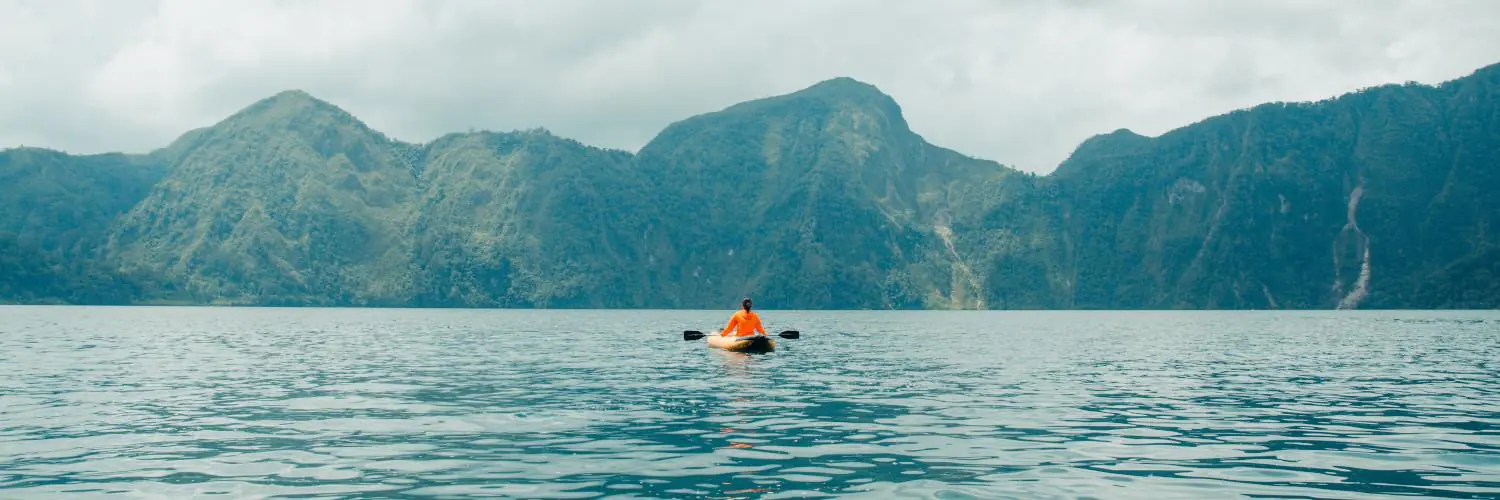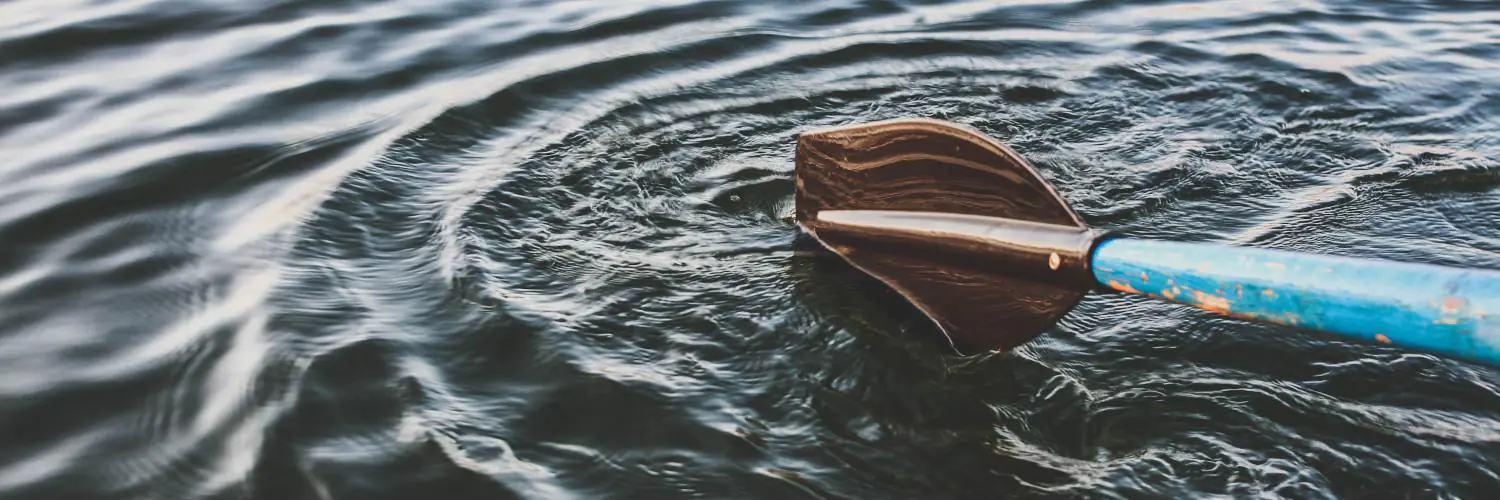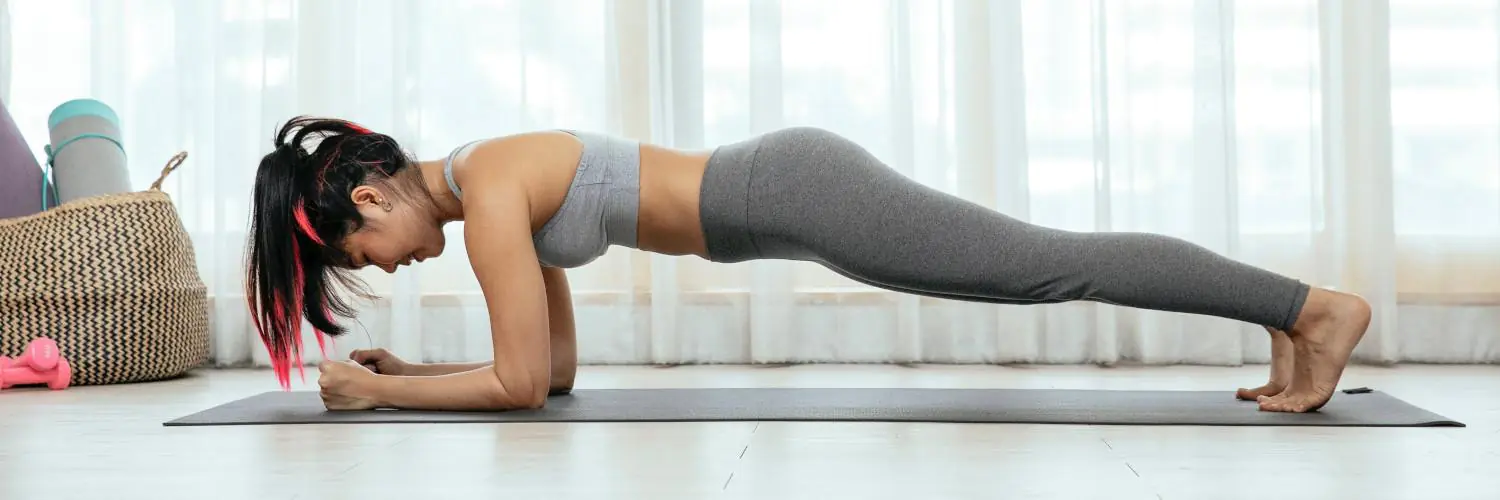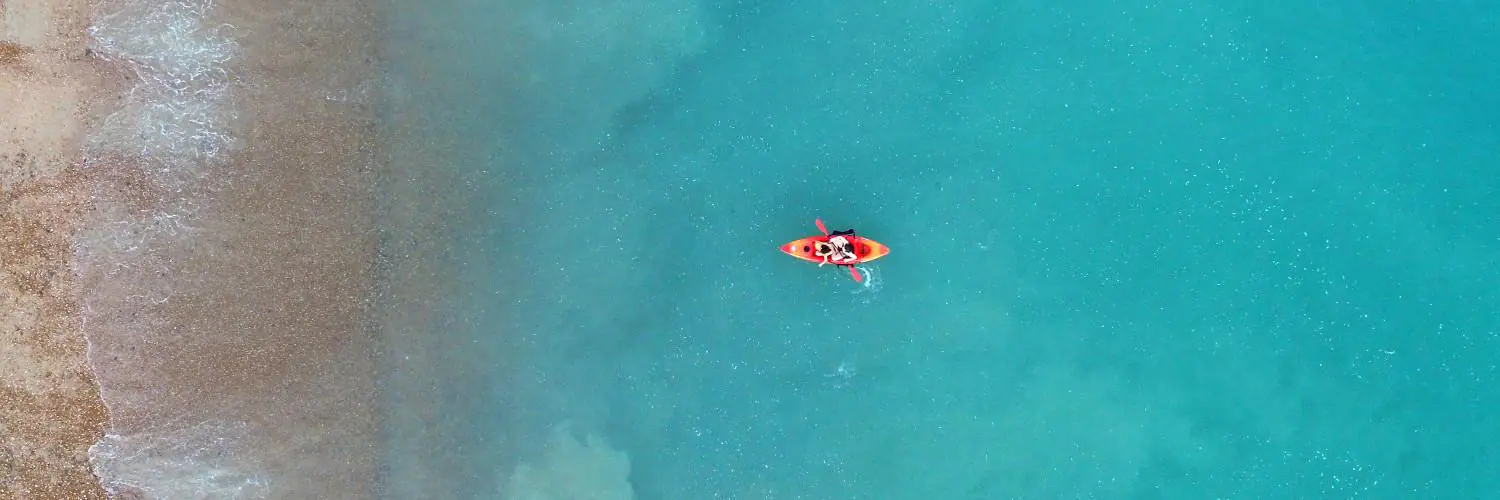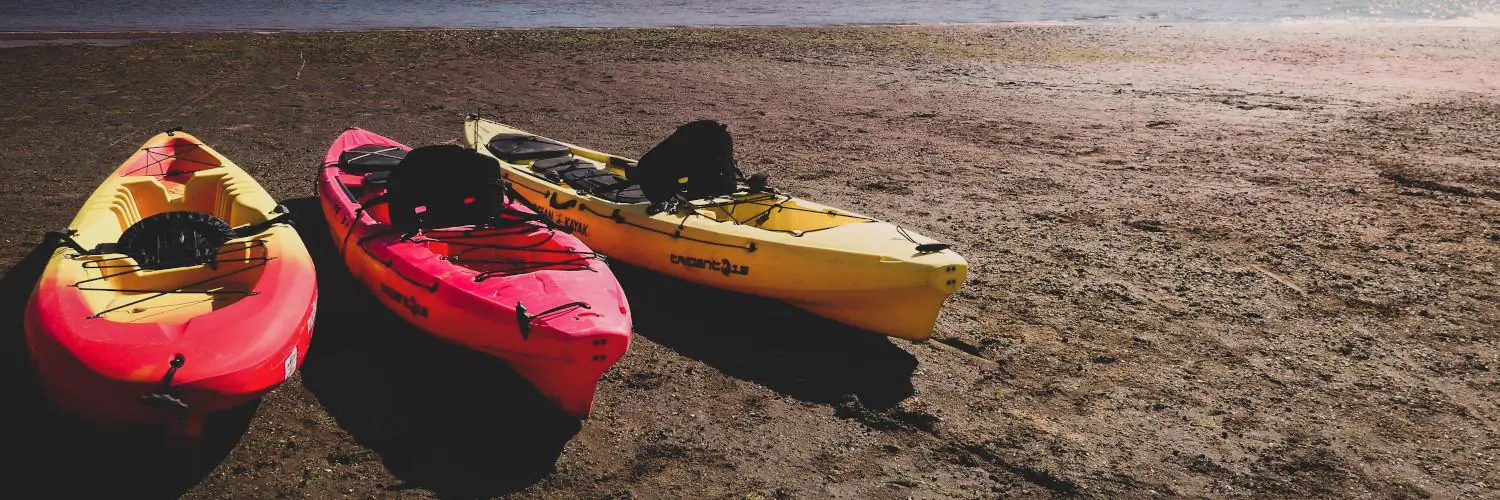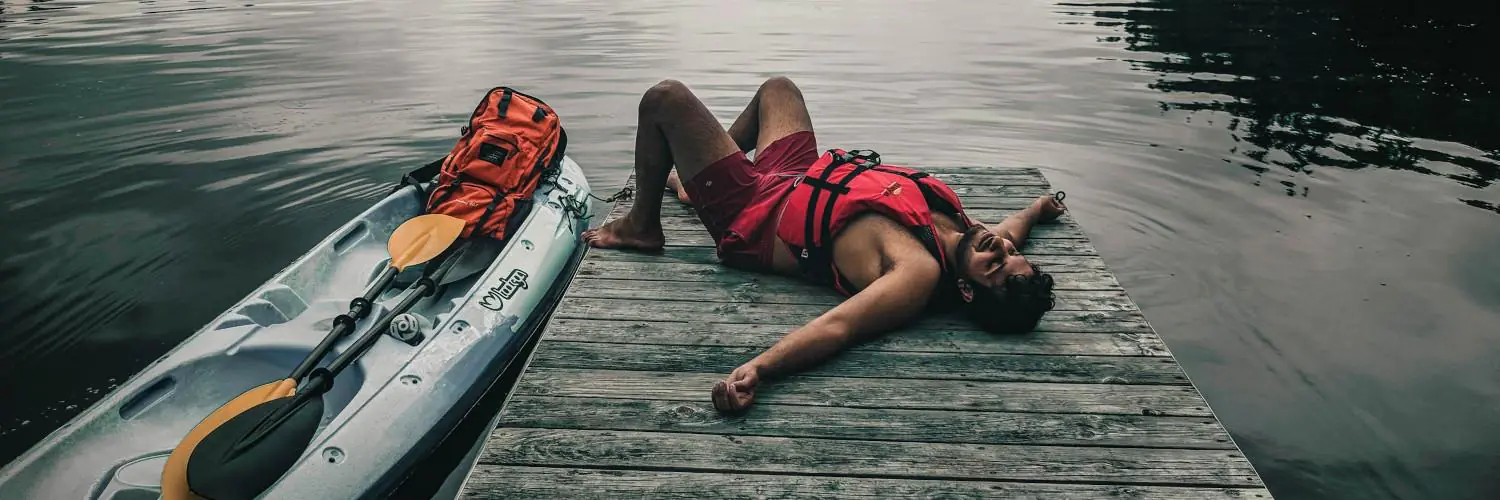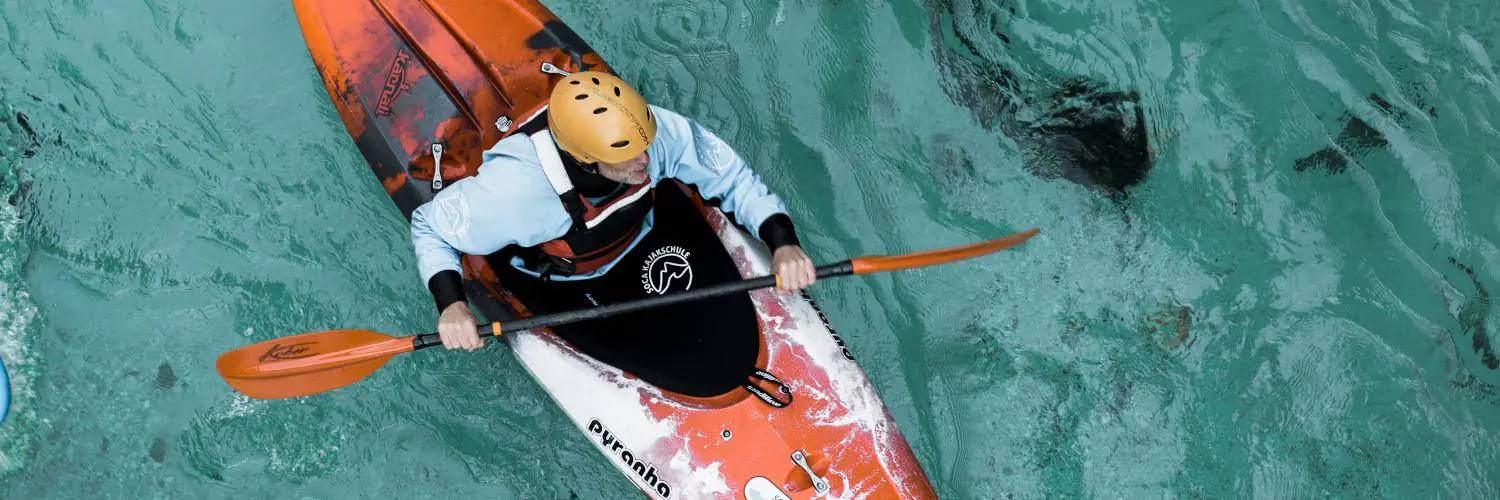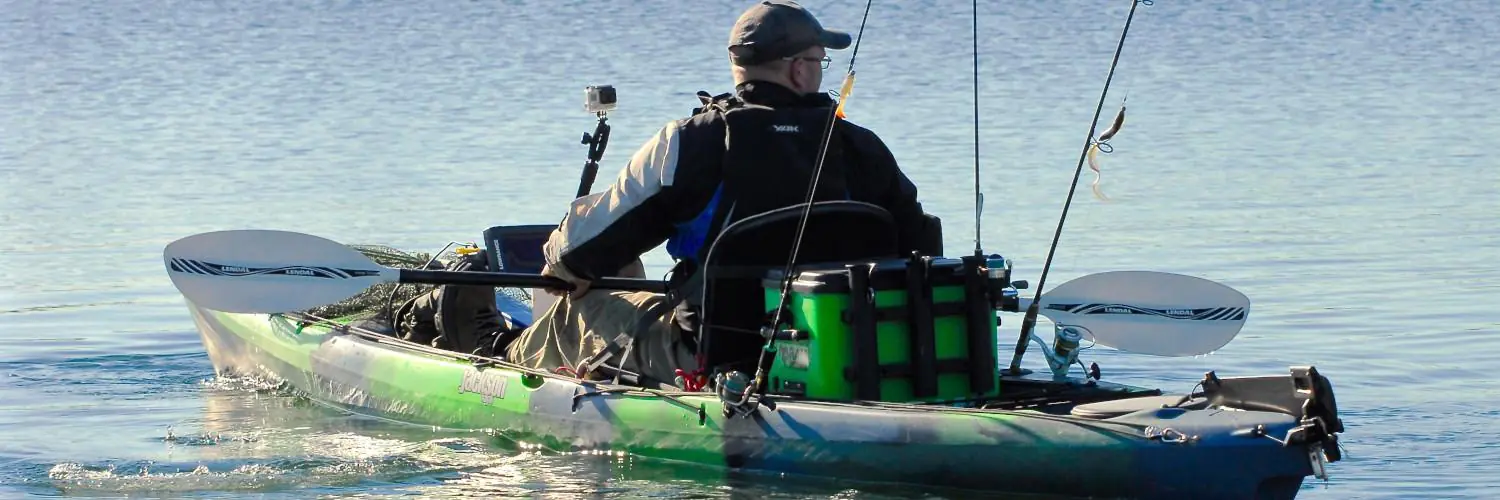Kayak anchor systems are essential gear for anglers and recreational paddlers alike. They keep your kayak stable in wind and currents, allowing you to fish or relax without drifting away. A basic kayak anchor system includes an anchor, rope, and a way to attach it to your kayak.
There are several types of kayak anchors to choose from. Grapnel anchors are popular for their compact folding design. Mushroom anchors work well in mud or sand. Fluke anchors grip rocky bottoms. Stakeout poles are good for shallow water. The best anchor depends on where you’ll be kayaking.
Proper anchoring technique is key for safety on the water. Always tie your anchor to a secure point on your kayak. Let out enough rope so your anchor can dig in. Be ready to cut the line quickly if needed. With the right anchor system and know-how, you can enjoy a stable kayaking experience in many conditions.
Table of Contents
Understanding Kayak Anchor Systems
Kayak anchor systems keep your boat in place on the water. They have different parts that work together to hold your kayak steady.
Types of Kayak Anchors
Grapnel anchors are common for kayaks. They have folding arms that grab the bottom. These work well in rocky areas.
Mushroom anchors are good for soft bottoms. They sink into mud or sand.
Stakeout poles are used in shallow water. You push them into the bottom to hold your kayak.
Sand anchors are bags you fill with sand. They’re easy to carry when empty.
The Power-Pole Micro is a small electric anchor. It’s great for shallow water.
Anchor System Components
The main parts of a kayak anchor system are:
- Anchor: The heavy part that sinks
- Anchor line: The rope that connects the anchor to your kayak
- Anchor trolley: A pulley system to move the anchor point
- Anchor lock: Keeps the anchor line in place
- Anchor wizard: A device to help pull up the anchor
The anchor line should be 7-10 times the water depth. This helps the anchor grip better.
How Kayak Anchoring Works
To anchor your kayak:
- Choose a spot and drop the anchor
- Let out enough line
- Tie off the line to your kayak
An anchor trolley lets you move the tie-off point. This helps you face different directions.
In strong currents, use a drag chain. It slows your drift instead of stopping you completely.
Always check the weather and water conditions before anchoring. Be ready to move if needed.
Selecting the Right Anchor
Choosing the best anchor for your kayak depends on where you’ll be paddling and the conditions you’ll face. The right anchor keeps you in place without weighing you down.
By Water Conditions
In calm lakes and slow rivers, a 1.5 to 3 pound folding anchor often works well. For faster currents or windy conditions, you may need a heavier 3 to 5 pound anchor.
Grapnel anchors are versatile for most water types. Their multiple flukes dig into different bottoms.
In very shallow water, a stakeout pole can be better than a traditional anchor. Push it into the bottom to stay put.
For offshore kayaking in waves, a heavier mushroom or fluke-style anchor provides more holding power.
By Bottom Conditions
Sandy or muddy bottoms call for fluke-style anchors. Their wide flukes dig in for a strong hold.
Rocky bottoms need grapnel anchors. The multiple prongs catch on rocks and ledges.
For grassy or weedy areas, try a mushroom anchor. Its rounded shape resists tangling in plants.
Hard clay or shell bottoms work well with drag chains. The chain’s weight and length keep you in place.
Always match your anchor to the bottom type for the best hold. Bring a backup style if you’re unsure.
Anchor Weight and Size
A good rule is 1 pound of anchor per foot of kayak length. A 12-foot kayak needs about a 12-pound anchor.
Folding anchors save space but may not hold as well as solid designs. Solid anchors take up more room but offer better holding power.
Consider your kayak’s weight limit. Don’t overload with too heavy an anchor.
For easy handling, pick an anchor you can lift comfortably. Most kayakers use 1.5 to 5 pound anchors.
Anchor line length matters too. Use at least 7 times more line than the water depth for the best hold.
Installation and Use
Setting up and using a kayak anchor system takes some practice. It improves stability and control while fishing or relaxing on the water. The right setup can make a big difference in your kayaking experience.
Setting up an Anchor Trolley
An anchor trolley is a key part of most kayak anchoring systems. It lets you move your anchor point along the side of your kayak. To install one, you’ll need some basic tools and hardware.
First, decide where to put the trolley on your kayak. Most people place it on one side, from front to back. Mark the spots for the pulleys and pad eyes. Drill holes carefully, then attach the hardware with screws and sealant.
Run the trolley line through the pulleys. Add a ring or carabiner to clip your anchor line. Test the system to make sure it moves smoothly along the kayak’s side.
Anchoring Techniques
Different anchors work best in different conditions. A folding grapnel anchor is good for rocky areas. A fluke-style anchor works well in sand or mud. Choose an anchor that’s about 1.5 to 3 pounds for most kayaks.
To anchor, lower your anchor slowly from the bow or stern. Let out enough line – at least 3 times the water depth. Clip the line to your trolley and adjust as needed.
In moving water, anchor from the bow to face upstream. In still water, you can anchor from any point to control your position. Always carry a knife to cut the line in an emergency.
Adjusting for Current and Wind
The anchor trolley helps you adapt to changing conditions. In wind or current, move the trolley to keep your kayak at the right angle. This helps you fish or relax more comfortably.
For side winds, move the trolley toward the stern. This turns your kayak into the wind. For head-on winds, keep the trolley midship or forward. This reduces drift.
In rivers, use the trolley to face upstream and stay in one spot. Adjust it to fine-tune your position in the current. Always watch for changes in conditions and be ready to move your anchor point.
Maintenance, Care, and Troubleshooting
Keeping your kayak anchor system in good shape is key. Regular upkeep helps avoid problems and makes your gear last longer.
Regular Maintenance Tips
Clean your anchor system after each use. Rinse it with fresh water, especially if you’ve been in salt water. This stops rust and buildup.
Check all parts for wear. Look at the anchor, rope, and any moving pieces. Replace frayed ropes or bent anchors right away.
Dry everything before storing. This prevents mold and mildew. Store your gear in a cool, dry place away from direct sunlight.
Lubricate moving parts like pulleys or clips. Use a marine-grade lubricant for the best results.
Troubleshooting Common Issues
Anchor dragging? Try using a heavier anchor or more rope. Make sure you have the right anchor for the bottom type.
Rope tangling? Coil it carefully when storing. Use a rope bag to keep it organized.
Anchor stuck? Don’t pull hard. Try changing the angle by moving your kayak. If it’s really stuck, you might need to cut the rope.
Rusty parts? Clean them with vinegar and water. Dry well and apply a rust inhibitor.
Ensuring Longevity and Durability
Choose quality materials. Stainless steel anchors and marine-grade ropes last longer.
Protect your gear from UV damage. Cover it when not in use or store it indoors.
Rotate your equipment. This spreads out wear and tear.
Learn proper use techniques. This prevents damage from misuse.
Replace parts before they fail. This is safer and can save money in the long run.
Additional Anchoring Aids and Accessories
Kayak anglers can boost their anchoring setup with several useful add-ons. These tools help control drift, mark anchor spots, and grip vegetation.
Drift Socks and Drift Chutes
Drift socks slow a kayak’s movement in wind or current. They work like underwater parachutes. Anglers drop them off the bow or stern to stay in prime fishing spots.
Drift chutes are larger than socks. They create more drag in fast-moving water. Both tools come in different sizes for various kayak types.
Socks and chutes fold up small when not in use. This makes storage easy. Some have quick-release clips for fast deployment.
Anchor Floats and Buoys
Anchor floats mark where an anchor is dropped. This helps kayakers find and retrieve anchors easily. Floats come in bright colors for high visibility.
Buoys can mark fishing spots or hazards. Some floats have built-in lights for night use. This adds safety when anchoring after dark.
Anchor floats also keep anchor lines from tangling. They help the line stay vertical in the water. This makes anchor retrieval simpler.
Brush Grippers and Lines
Brush grippers let kayakers anchor to trees or stumps. They clamp onto branches securely. This is useful in areas with lots of vegetation.
Grippers often have foam padding. This protects kayaks from scratches. Some models fold for compact storage.
Brush lines are ropes with clips on the ends. Anglers can loop them around trees or poles. They’re a simple way to tie off in shallow water.
Both grippers and lines are lightweight. They’re easy to pack and use. These tools give kayakers more anchoring options in different environments.

